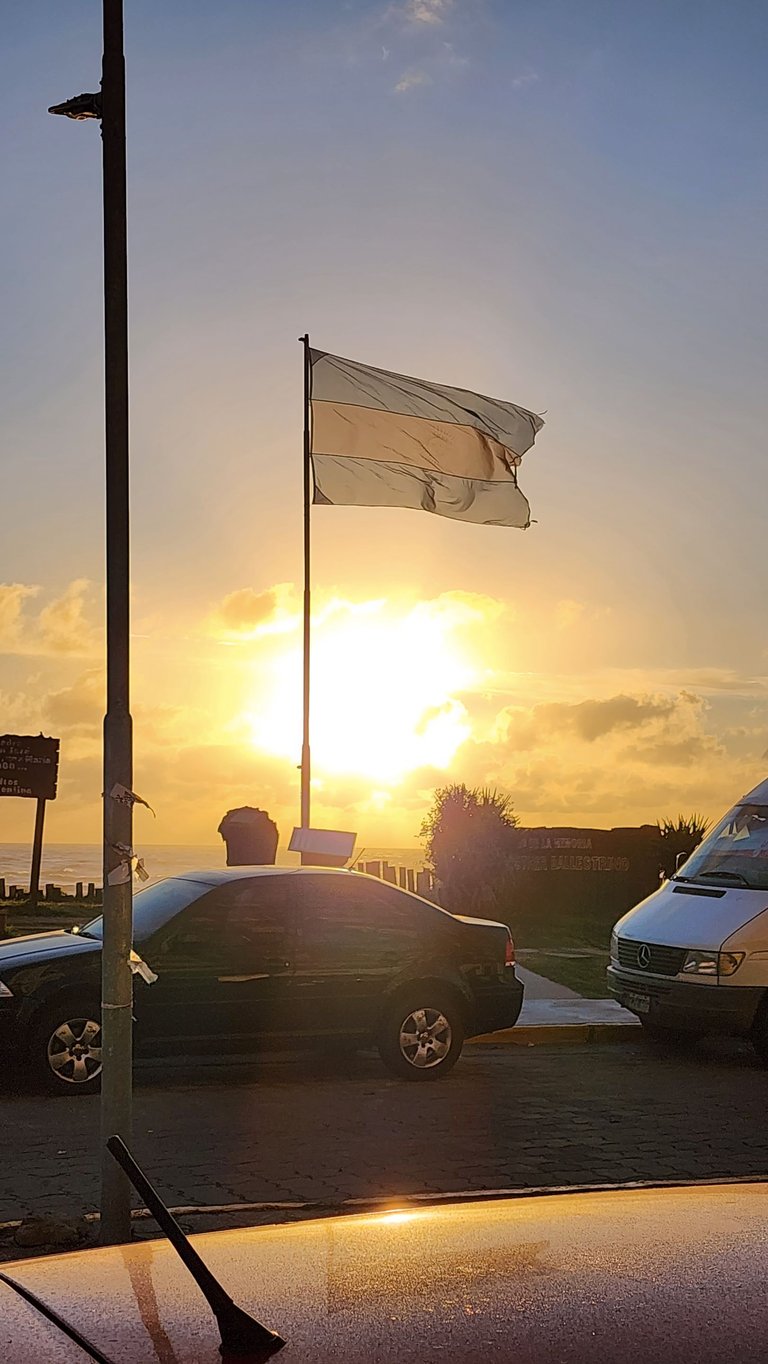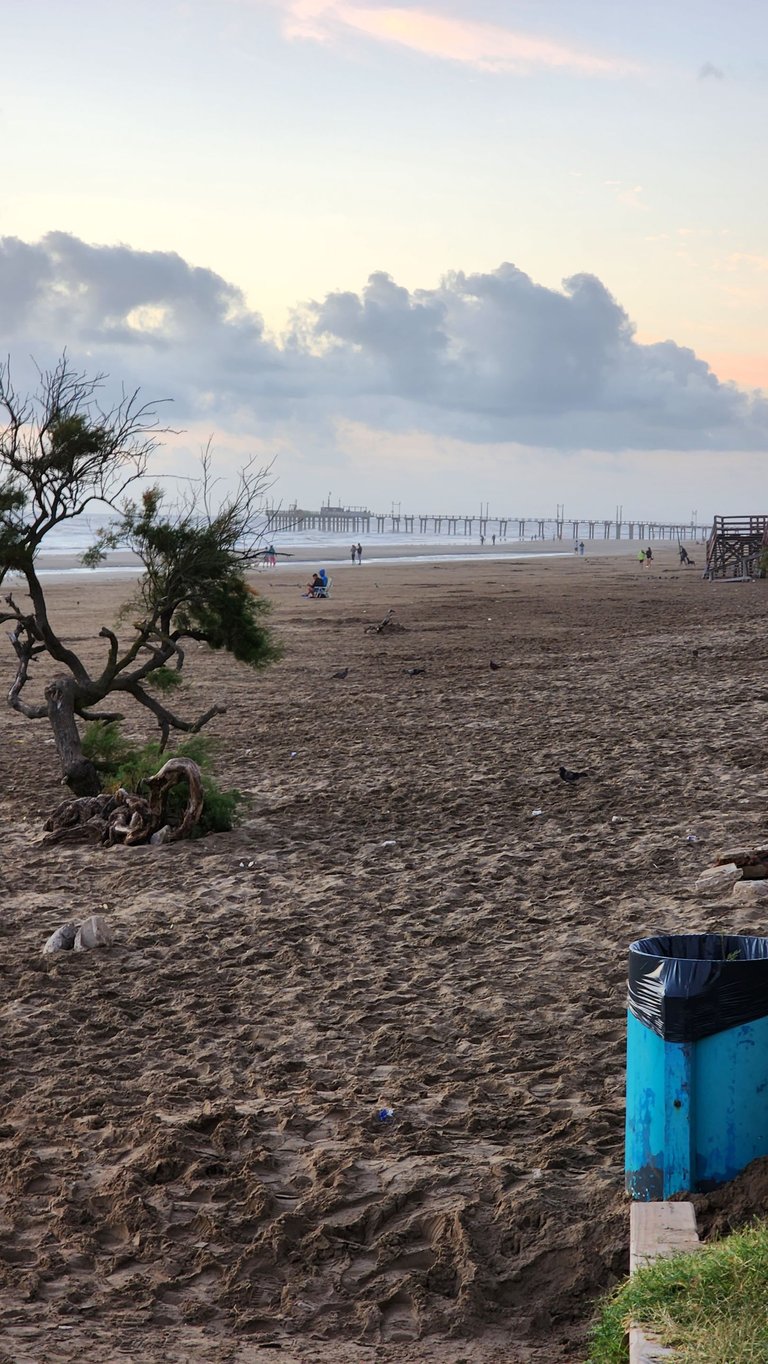As we headed further and further north on the map, my excitement grew. The whole area was already starting to be uncharted territory for me, so I was very curious to see what things were like in that part of my country. We were already very close to achieving our improvised goal of reaching Bolivia, but along the way we were also seeing some very curious places. One obligatory stop was La Quiaca, the northernmost city in Argentina in the province of Jujuy, where we took two nights to rest and also to sort out our paperwork before crossing the border .
After driving more than 180 km in the small Suzuki 4x4, we left Iruya in the province of Salta to head to La Quiaca, in the province of Jujuy. That would be our last stop in Argentina before heading to the neighboring country. It was impossible to go any further, because we were literally about to cross to the other side. However, despite being so close, we needed some time to be able to go to the ATM to withdraw cash so we could get a good exchange rate in Bolivia, try to get the yellow fever vaccine and be able to fill up with gas before crossing. For this we stayed two nights in a small hostel for which we paid $25 per night for two people
As for money, we were able to get a good amount from ATMs and this was the most convenient thing, since due to the high taxes Argentina imposes on using debit and credit cards abroad, the best option was to pay for everything with cash. Regarding the yellow fever vaccine, we had read that it was necessary but I went to the hospital and couldn't get it because it wasn't the day they were doing the vaccination campaign. I risked going to Bolivia anyway, hoping not to get sick from anything (spoiler: I didn't get sick from anything). Third, we were able to fill a jerry can with extra gasoline, which was what we wanted, since we were afraid of not getting it easily in Bolivia, since there was a rumor that they didn't sell it to foreigners .
All of these things took up the time we decided to stay in La Quiaca. As for the city, like any border city, it is not as touristy or elegant, but it is still full of signs that highlight what distinguishes it: being the northernmost city in Argentina. There are signs everywhere for photos, and many stickers of people who wanted to leave their mark on this place. In addition, everything was quite cheap here, just like what we saw in our previous days in other northern cities .
The city of La Quiaca in Jujuy represents the northern end of the famous journey that crosses my country from end to end along Route 40, parallel to the Andes Mountains and ending in the city of Ushuaia, Tierra del Fuego province. This route covers 5,194 km and visits 11 of the 23 provinces we have in Argentina. This trip is one of the most desired by nomadic travelers, who choose to do it in different vehicles, from cars, trucks, motorcycles and motorhomes to bicycles. Being at either end of this route, whether in La Quiaca or Ushuaia, is exciting, and that is how I felt after finally getting to know this city, because I already knew Ushuaia .
I think that throughout this whole traveling phase of my life, which began almost a year and a half ago, I did a lot of great things and being in the northernmost and southernmost extremes of my country was one of them. When I decided that I wanted to travel a bit around the north of Argentina, I didn't think that I would literally get to La Quiaca, the furthest north we have. I really enjoyed getting to know this place, which despite being simple has a very special value for travelers and for all of us who love Argentina and love Route 40. Once again, I was able to get to know a new corner of the many we have here .


































